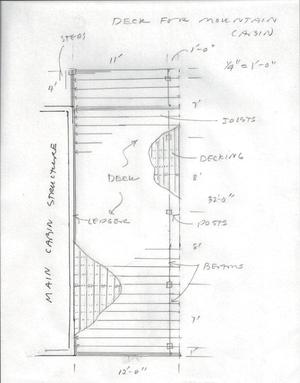Electron microscopes are very powerful microscopes capable of magnifying upwards of 1,000,000X. The first electron microscope was built in 1931 by Ernst Ruska, and Max Knoll. They used the same principles as a regular compound light microscope. This principle was that they should shoot electron beams through a specimen. They work by shooting a lot of tiny electrons through a tube and the electrons give a very detailed image of what the specimen looks like.
There are four kinds of electron microscopes. There’s the (TEM) transmission electron microscope, this one shows a very detailed image of a 2-D object, another kind is the (SEM) scanning electron microscope which shows an image of a 3-D object. The third kind is the (REM) reflection electron microscope. The fourth kind is the (STEM) scanning transmissions electron microscope. They all shoot electrons to the specimens and magnifies objects greatly. They are similar in some ways, as they use electrons to go near the specimen, but the ways the electrons goes near a specimen is different.
A transmissions electron microscope functions like a slide projector. The specimen is placed on a slide, then the electrons are passed through the slide and specimen. The electrons that pass through the specimen are recorded on the other side of the slide. The specimens used have to be sliced extremely thin. Magnetic fields are used to provide an accurate examination of the specimen. A tungsten cathode is used in an electron gun to shoot electrons to the specimen. These microscopes show 2-D objects at great magnification and with great resolution.
A scanning electron microscope uses different signals to get the view of a surface of a specimen. The types of beams are back scattered electrons (BSE), characteristic X-rays, and cathodoluminescent light. This kind of electron microscope shows an elastic scattering effect of the electrons. To prepare specimens for this they must use a metal such as gold, tungsten, or any good conducting metal. This microscope gets a 3-D image of the specimen your looking at.
The reflection electron microscope is like the (TEM), but uses elastically scattered electrons to reflect the specimen. This technique used is paired with (RHEED) reflection high energy electron diffraction, used to characterize crystalline surfaces, and (RHELS) reflection high energy loss spectrum. It also uses (SPLEEM) spin polarized low energy electron microscopy, used to look at the microstructure of magnetic domains.
The scanning transmissions electron microscope is like the (TEM), and the (SEM). It uses one part of (TEM), with electrons passing through the specimen. It’s like the (SEM), with it focuses the beam into a narrow spot. Like the (TEM) it uses high resolution transmission electron microscopy to get one of the best pictures of a specimen.
These are all the types of the electron microscopes. They all are similar in some ways, but are also different in some ways. They work almost the same, using electrons to go through or circle around a specimen. From the first electron microscope built in 1931 until now, the microscope has gotten better magnification, resolution, and has been added onto.
Works cited:
http://en.wikipedia.org/wiki/Electron_microscope
http://en.wikipedia.org/wiki/Scanning_electron_microscope
http://school.discoveryeducation.com/lessonplans/interact/vemwindow.html
http://www5.pbrc.hawaii.edu/microangela/
http://mse.iastate.edu/microscopy/home.html
http://www.denniskunkel.com/
http://www.biologie.uni-hamburg.de/b-online/e03/03e.htm


